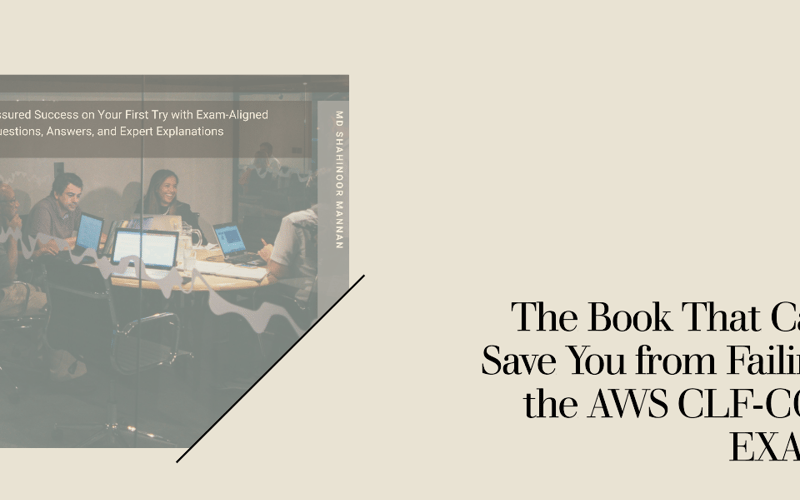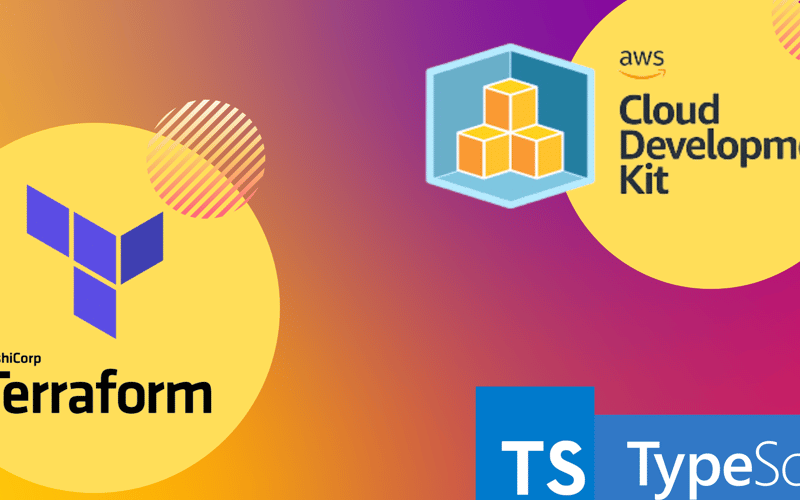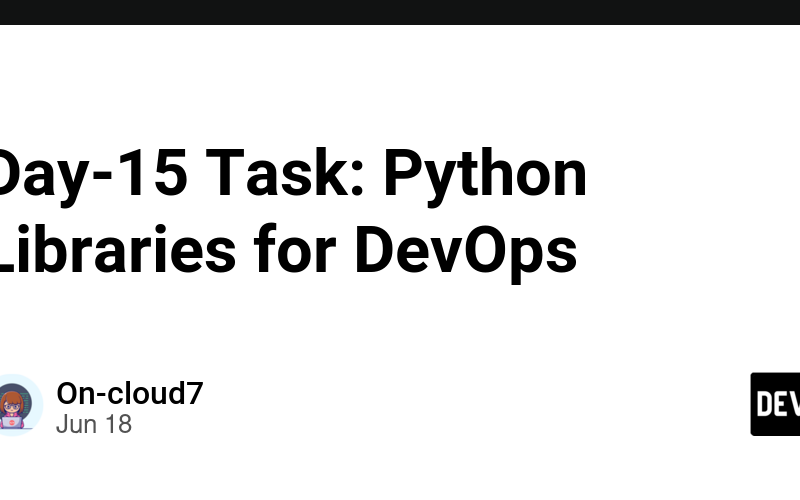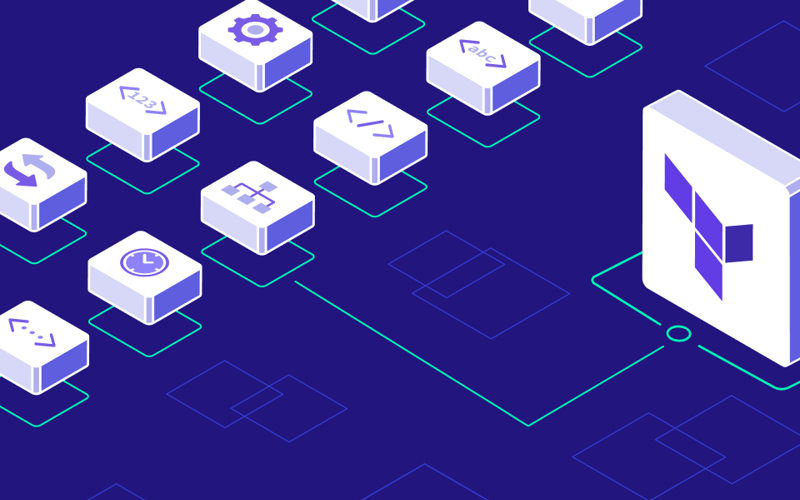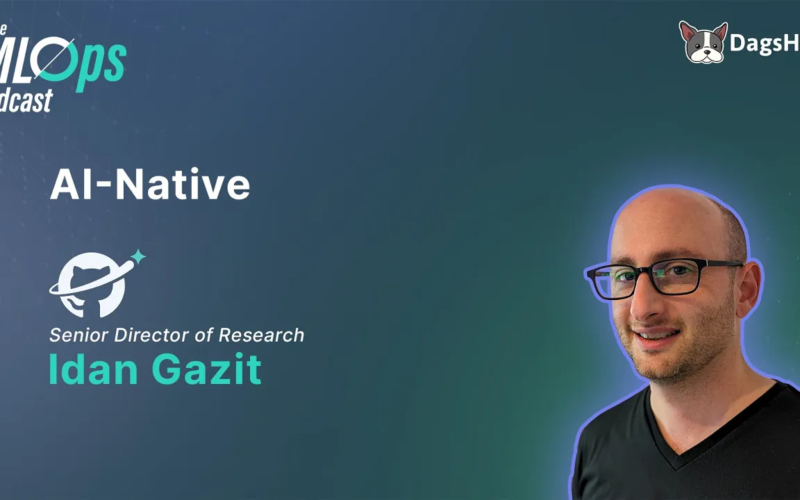23
Jun
Are you gearing up to take the AWS Certified Cloud Practitioner Exam (CLF-C02) and feeling the pressure? You’re not alone. Many candidates face the daunting task of understanding the vast array of AWS services, features, and best practices. But what if I told you there’s a book that can not only ease your study process but significantly boost your chances of passing the exam on your first try? Introducing the Ultimate Study Guide: Master the AWS Certified Cloud Practitioner CLF-C02 Exam with Expert-Crafted Question Bank. This comprehensive guide is your one-stop resource for mastering the AWS Certified Cloud Practitioner exam.…

